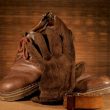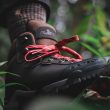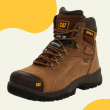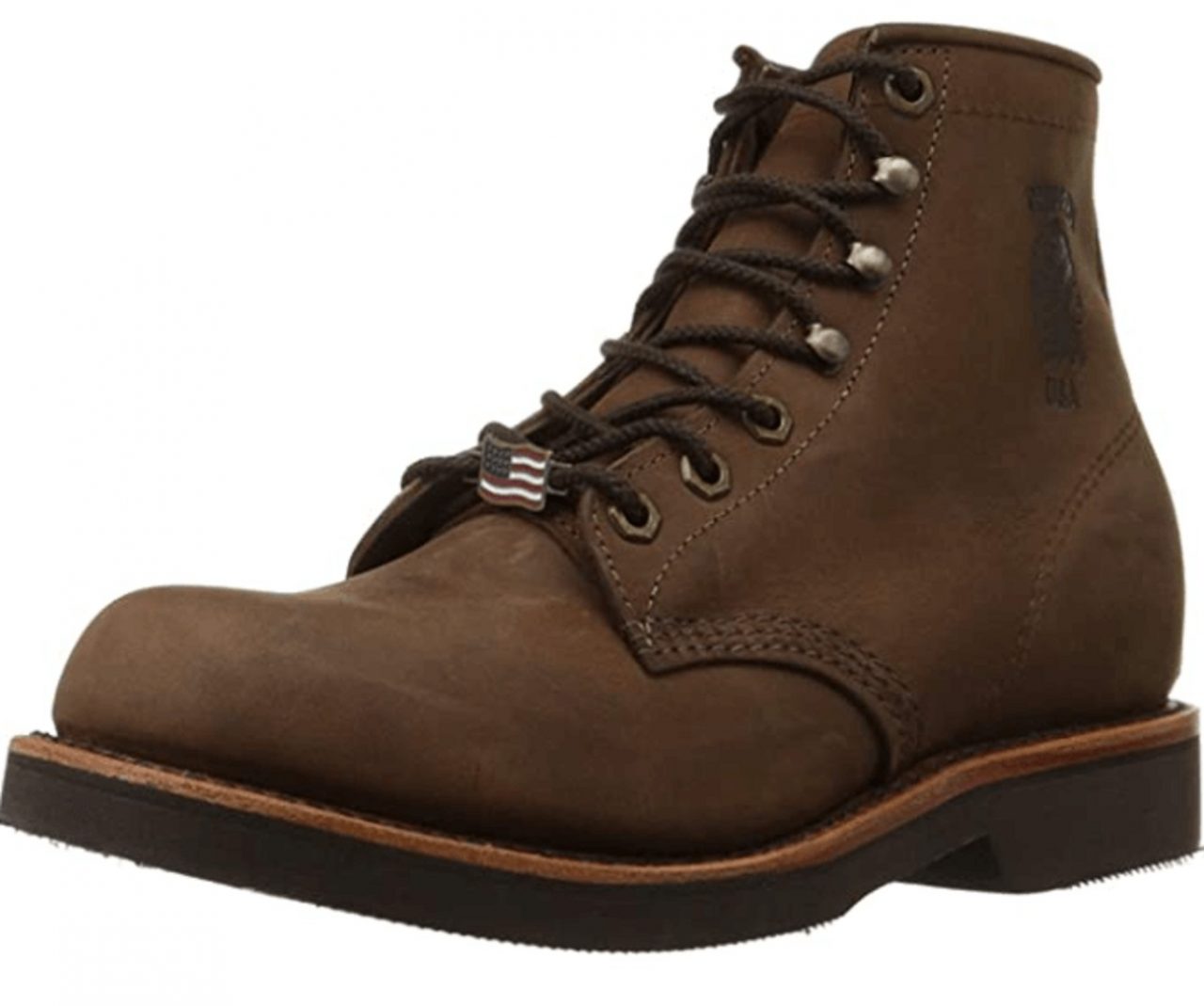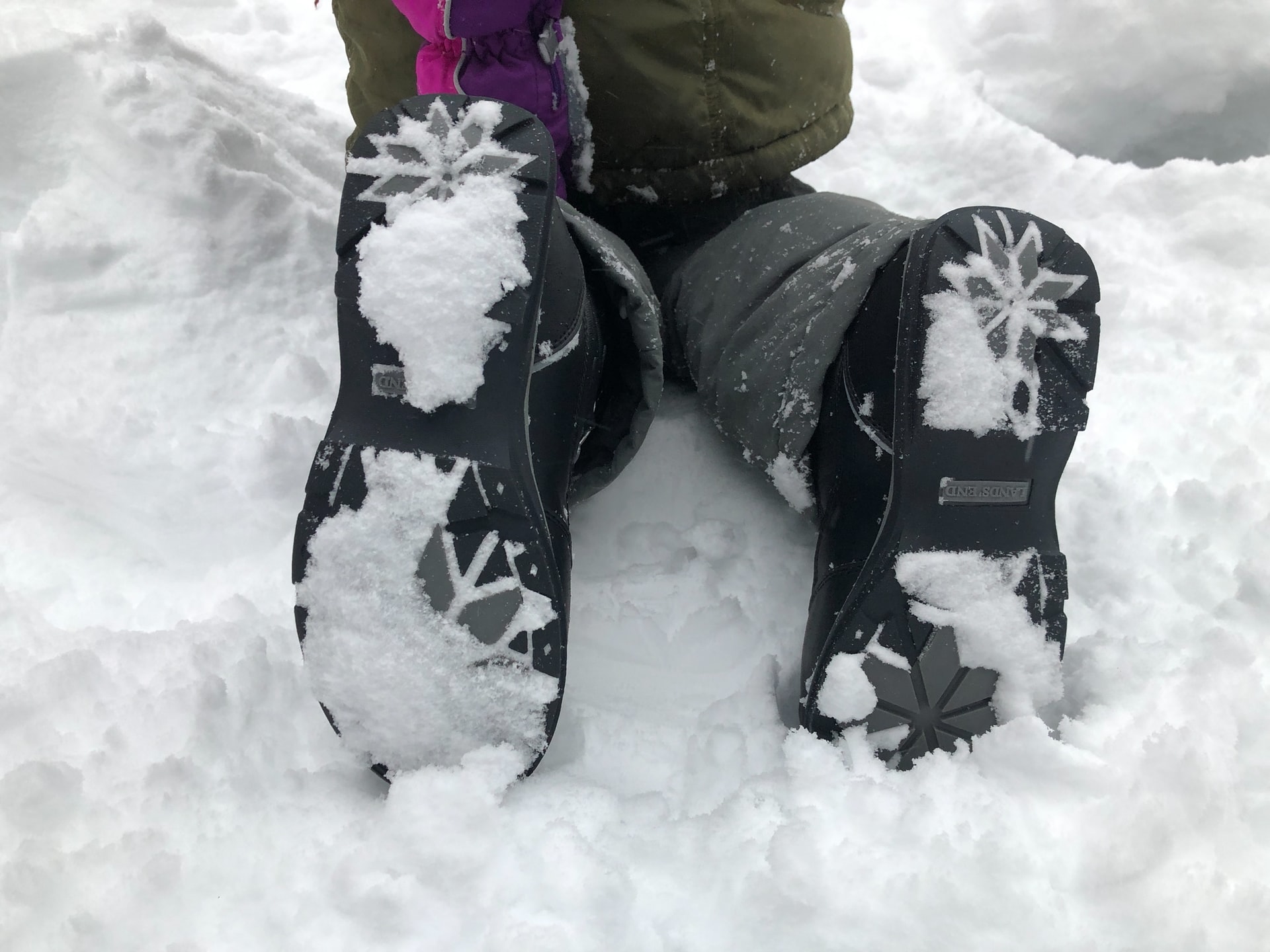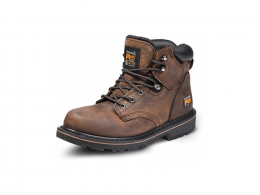Workwear Guru is reader-supported. When you buy through links on our site, we may earn an affiliate commission. Learn more
Are your friends constantly reminding you to buy hiking boots before your big hiking trip? And are you worried that you don’t have enough information to pick the best ones for you? Well, luck must be on your side today because you just stumbled upon your ultimate guide on how to choose hiking boots. Keep on reading to find out about what kind of material is best for your hiking boots, what are some factors that you need to consider before purchasing them, and much more.
What to Consider When Buying Hiking Boots

Like any important thing in life, one must first do research before making a decision, and choosing hiking boots are no exception. There are at least five factors you need to consider before purchasing hiking boots, which could potentially, make or break your hiking experience. Take a look at these factors we have compiled for you before buying hiking boots.
Type of terrain
Buying hiking boots according to the trail you’re going to hike is crucial for your comfort and safety. If you’re hiking a rougher terrain that involves a lot of rocks and water streams, you’re going to need some strong, waterproof hiking boots. The best material for this kind of hiking boots is full-grain leather, which is extremely durable and water resistant. They are not so lightweight because they add more support to your weight when you’re climbing rough terrain, and they absorb impact so your feet don’t hurt throughout the hike.
However, if you’re hiking on well-maintained terrain, you should buy hiking boots with split-grain leather. This material is lightweight and durable. It’s perfect for hiking shorter and easy trails because it provides excellent breathability and they won’t feel bulky.
Carrying weight
When planning a hike, you will most likely also plan the things you’re going to carry with you. The essentials such as water, compass, phone, food, etc. all add some weight to your backpack. When you get to buying hiking boots, always make sure to go for the most lightweight ones, because the bulkier they are, the more energy you will be spending.
Length of hike
Another factor to consider before buying hiking boots is the length of your hike. Is it a one-day hike or are you planning on hiking for several days? This matters because if you plan on hiking for a long period of time, you will need bulky hiking boots so the material won’t be worn out easily. However, if you’re planning a short hiking trip, go with a more lightweight, breathable boot to feel more comfortable.
Weather conditions
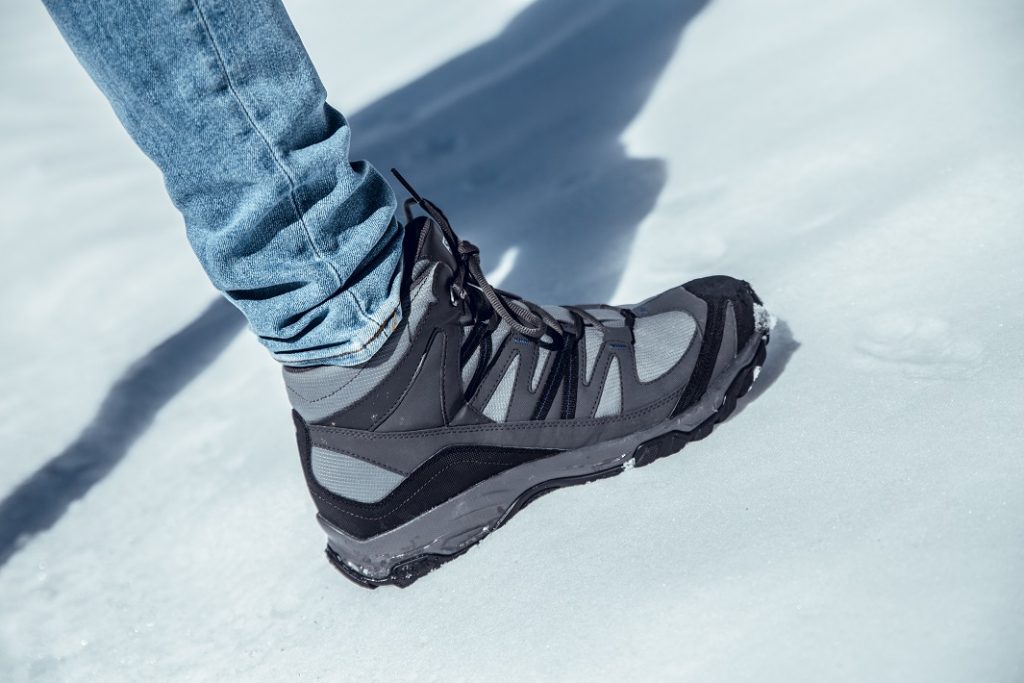
If you’re planning on hiking during hot summer days, your best option is to buy breathable, ankle-length hiking boots. Ventilation and short-length hiking boots are important as to not gather moisture inside the boots and possibly cause bacterial infection. Plus, your feet won’t run hot.
However, if you’re hiking in cold, even snowy weather, you need to buy insulated, waterproof boots. Insulated boots make sure that the dampness and cold stay outside and keep your feet dry and warm throughout the day.
Your hiking level
If you’re a beginner at hiking, chances are you will probably plan a hiking trip on well-maintained trails, which is why you will need lightweight, low-cut boots. They offer great ankle support and are not heavy to walk around in so you won’t get tired quickly.
However, for those of you whose hiking level is almost professional, we recommend you buy heavier, full-grain leather boots. They will absorb impact and also offer ankle support, especially if you get mid-cut boots, which will protect you from trail-side hazards.
How to Choose the Right Hiking Boot
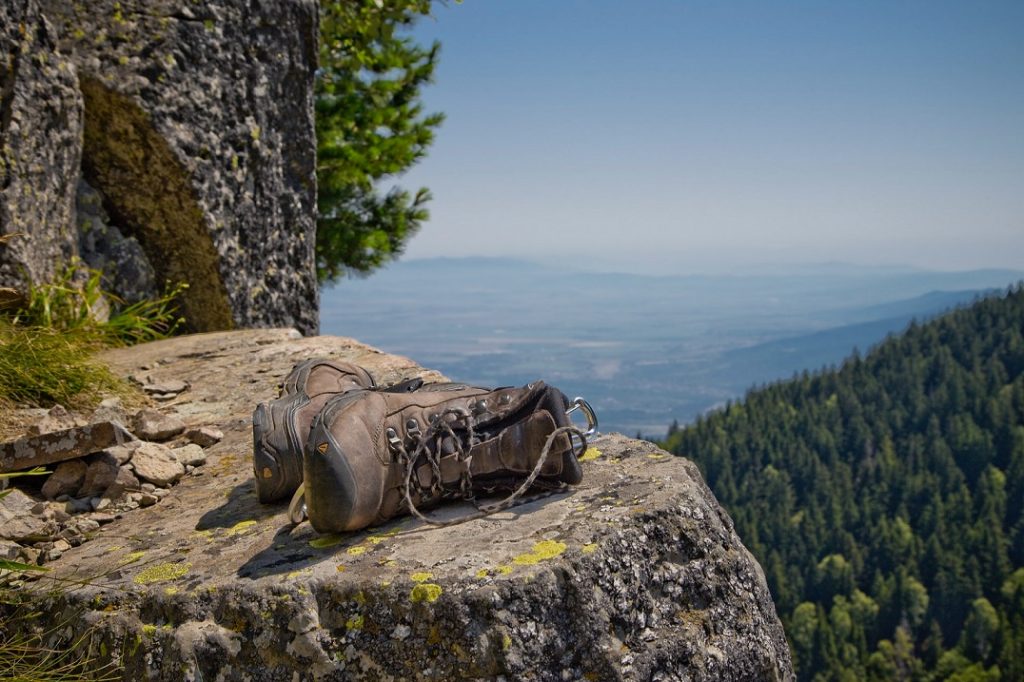
So now that you know what to consider before buying hiking boots, you might be wondering what is the right choice for you. There are three things to check off to make sure you have the perfect boots for your hiking trip.
Type of boot
There are two types of hiking boots you can choose from: day hiking boots and backpacking boots. Day hiking boots are low to mid-cut boots for day hikes that are ideal for light packing. They are extremely flexible and require little to no break-in time.
Backpacking boots are specifically designed for heavy packing and off-trail hiking. Most models of this type of boot have a high cut that wraps around the ankles for better, more comfortable support. They are extremely durable because they are meant to be worn in rough terrain and their midsoles are stiffer to absorb impact better.
Materials
Hiking boots can come in many different materials, but let’s mention the four important ones: full-grain leather, split-grain leather, synthetic, and nubuck leather. As mentioned before, full-grain leather is the best material for durable hiking boots; it is less lightweight but it offers great support and comfort in off-trail hiking.
Split-grain leather on the other hand is lightweight and offers excellent breathability, and it is ideal for warm, daytime hiking trips.
Nubuck leather is technically full-grain leather that has been buffed to look like suede. Just like full-grain leather, it is also extremely durable and water resistant. The break-in time takes longer for some people but they are extremely flexible. The only difference is the feel and texture of the two: nubuck leather is more velvety whereas full-grain has a smooth surface.
Synthetic materials such as nylon and polyester are mostly found in modern hiking boots. In comparison to leather, they are a lot more lightweight, the break-in time is shorter, and they typically cost less.
Size and fit
For maximum comfort and support, you should make sure you get the right size and fit of hiking boots before you purchase them. You will know they’re the right fit if they feel snug and comfortable but not tight. You should have room to wiggle your toes but not too much room that your ankle easily slips out. When you’re trying them at the store, make sure you’re wearing the socks you plan on wearing hiking.
The specialist at the store you’re getting them at can help you with the foot volume and fit so you pick the most appropriate hiking boots for you.
Conclusion
Now that you’ve come to the end of the article, you’ve hopefully got the information you needed to go ahead and make a bold purchase of getting the perfect hiking boots for you. As mentioned before, it is extremely important to have the right kind of hiking boots to ensure maximum support and comfort throughout the planned hiking trip. So good luck with your decision and happy hiking!



